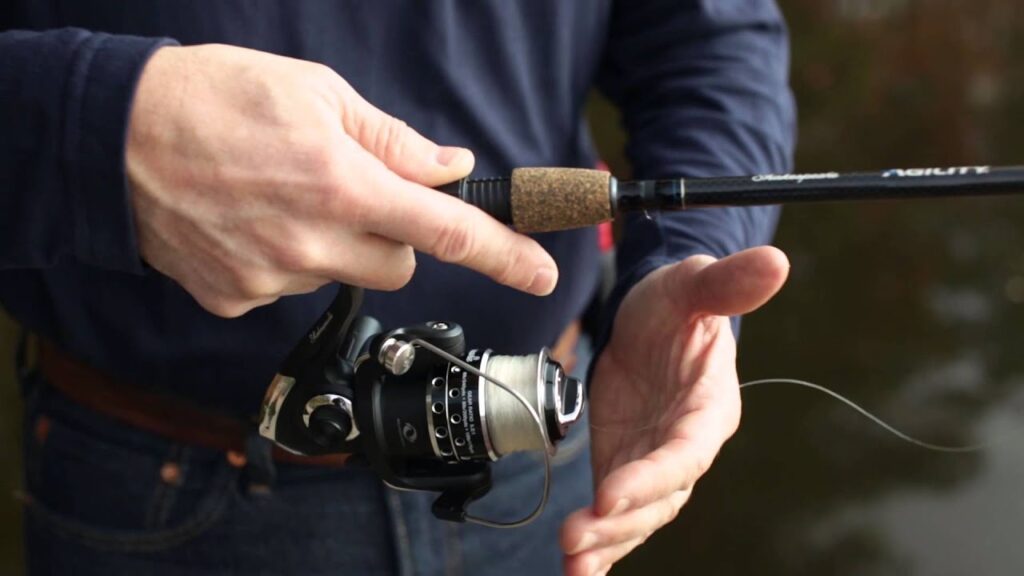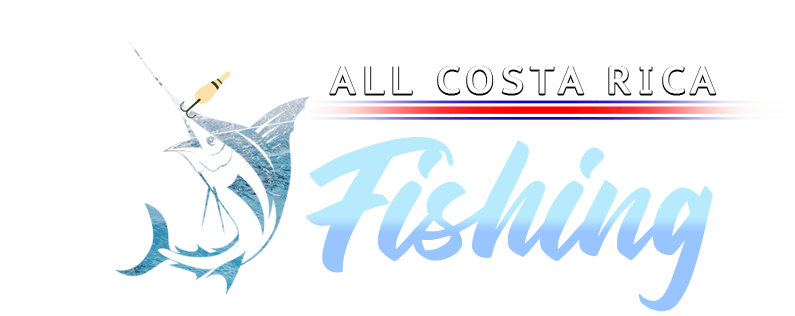
The Basics of Casting a Fishing Reel for Sports Fishing
Sports fishing is an activity that many anglers enjoy because it provides them with the opportunity to catch a variety of different fish.
In order to have a successful experience, it is important for fishermen to know the basics of casting a fishing reel.
Casting correctly involves more than just throwing out your line—it requires you to use several techniques in order to achieve maximum success.
Casting Techniques
To successfully cast your reel, the first step is to make sure you have a good grip on the rod.
Keeping your fingers close together and your thumb under the handle will give you more control as you cast.
You also should be aware of where your line is going in order to avoid tangles and snags.
With practice, you’ll be able to adjust the distance of each cast for different depths of water.
Fishing Reel Setup
Before you start fishing, it is important to set up your reel correctly.
This includes selecting the right gear ratio and spool size for the type of fish that you are targeting.
Additionally, check that all components such as hooks, swivels, weights and line are tight and secure.
Having the right setup will make it easier to cast, retrieve and land your catch.
One technique for casting is known as the “overhead cast”.
This involves holding your rod backwards, with the handle pointing away from you, and then releasing your line with one hand while sweeping your rod forward and upwards.
As you do this, be sure to keep the line taut so that it will fly straight and not get tangled or caught on anything as it flies through the air.
You should also make sure that your movements are smooth and controlled as you cast; jerky movements can cause your line and bait to travel in an undesired direction.
Knowing how to properly cast a fishing reel is an essential part of successful sports fishing.
With practice, you can learn to adjust the distance of each cast for different depths, set up your reel correctly and avoid tangles and snags.
Following these tips can help ensure that you have a productive day on the water!
When targeting an area while casting, it is important to understand and practice the fundamentals of your cast.
The most important factor is accuracy, so knowing the appropriate distance and power with which to cast your reel is essential.
A good way to practice this is to identify a target, like a tree or rock, in the water and try to hit it with your line.
You can also use markers like floating buoys or sticks to measure distances accurately.
It is also important to understand the currents and eddies in the water, as these can affect how your line moves when you cast.
When fishing for larger fish like tuna or marlin, anglers often use longer casts that take into account how the current may affect their line.
Additionally, if you are targeting a specific type of fish in a certain area, understanding their habitat and migration patterns can help you determine where and how far you should cast your line.
When casting into an area that may contain unfamiliar species of fish or other underwater obstacles such as rocks or weed beds, it is important to use a lighter weight lure or bait so that you don’t end up snagged on any objects.
This will help ensure that you cover more ground with each cast and have a greater chance of catching something on each attempt.
Another important component of successful casting is making sure that you hit your intended target area accurately.
This means aiming slightly past where you would like your bait to land, using finesse rather than brute strength in order to get the perfect distance.
It can be helpful to practice by visualizing a spot on the water where you want your bait to land before actually performing the cast in order to increase accuracy.
Finally, when retrieving after a cast, anglers should use their wrist rather than their arm for greater control over their line as they reel it in.
This prevents slack from forming in the line which could result in missed strikes or tangles.
Additionally, utilizing a combination of short jabs followed by steady pulls will help maintain tension throughout retrieval; this allows anglers greater sensitivity which can aid in detecting bites from fish more easily.
These are just some of the basics for successful casting when sports fishing—but by no means does this cover all aspects involved! With proper instruction and practice, any fisherman can learn how to maximize their success when out on the water trying their luck at catching some memorable fish!
Conclusion
Learning and mastering the basics of casting is essential for anyone looking to have a successful experience when sports fishing in Costa Rica.
By understanding techniques like the overhead cast, aiming accurately, and properly retrieving after a cast, any angler can increase their chances at catching that prized fish they’ve been dreaming of!
With patience and dedication, you’ll be out on the water reeling in trophy-worthy catches in no time!
Using proper technique when fishing can go a long way towards having an enjoyable and successful outing.
With some practice and following the tips outlined above, anglers will be well on their way to becoming an expert fisherman with plenty of great stories to tell! Good luck out there!
